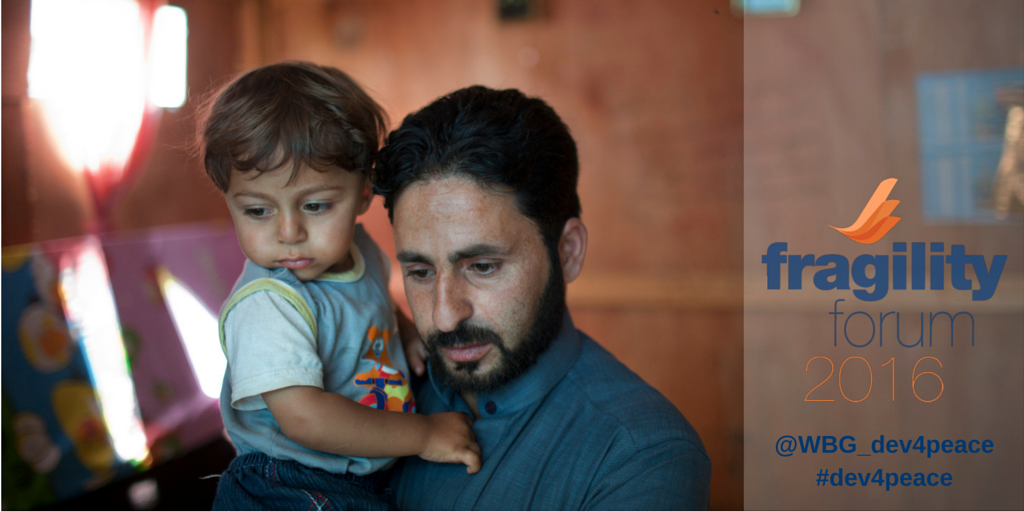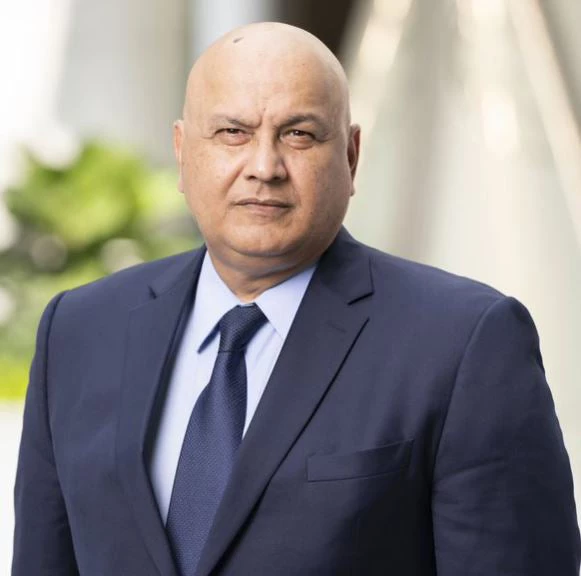
You might ask why the World Bank Group is working in this area. In fact, it’s at the core of our mission to reduce poverty. When the Bank was founded in 1944 towards the end of World War II, it was in recognition that unless there was a massive effort to help rebuild countries impoverished by war, the peace would not be sustainable. Development policies are a central part of peacebuilding and stability efforts.
Today, we live in a world where the nature of conflict has changed; while there are fewer large-scale conflicts, other forms of conflict and violence have increased since 2010. We face a growing forced displacement crisis, and extremist activities that may undermine development progress. Citizen security is a growing concern in middle-income countries, closely linked to rising inequality. The challenge of fragility has become more and more complex, affecting countries at all stages of development.
Last October, we projected that the number of people living in extreme poverty was likely to fall to under 10 percent of the global population, putting within grasp the World Bank’s goals to end extreme poverty and promote shared prosperity. But as the rest of the world makes progress, poverty will increasingly be concentrated in countries affected by fragility, conflict and violence, with almost half of the world’s poor expected to live in these countries by 2030. This is why we need to accelerate our efforts, and find more effective ways to address this challenge with great urgency.
This month, I assumed the role of senior director for the Bank’s Fragility, Conflict and Violence Group, tasked to do exactly that. I’m putting our work on the fast-track – we need to redefine fragility so we can better support developing countries navigate a volatile environment; take a strengthened development approach to displacement; apply the ‘fragility lens’ more robustly to our country partnership strategies and operations to ensure development approaches are conflict-sensitive; ensure that the fragility agenda is institutionalized across the World Bank Group; and last but not least, deepen our partnerships. I have to emphasize the importance of partnerships, because the challenge is too enormous for any single institution to tackle. We need collective action by humanitarian, development, security and diplomatic partners. As one way to foster such collaboration, the Bank will host the Global Fragility Forum 2016 next week under the theme Take Action for Peaceful and Inclusive Societies, co-organized with more than 100 partners. The program builds on the momentum of the Global Goals, and takes a hard look at how to implement this ambitious agenda in fragile environments. It also highlights emerging challenges including forced displacement and violent extremism, where development actors have an important role to play, working with our partners.
As one way to foster such collaboration, the Bank will host the Global Fragility Forum 2016 next week under the theme Take Action for Peaceful and Inclusive Societies, co-organized with more than 100 partners. The program builds on the momentum of the Global Goals, and takes a hard look at how to implement this ambitious agenda in fragile environments. It also highlights emerging challenges including forced displacement and violent extremism, where development actors have an important role to play, working with our partners.
What is unique about this Forum is the partnerships – the way in which diverse communities from development to peacebuilding worldwide are able to come together, not just for the event itself but in preparation over the past few months, engaged in serious discussions across institutions to learn from each other’s experience. Some of our sessions will be featured on World Bank Live, so I hope you will join us.
Over the years, I also have found that the best way to gain knowledge is from each other. We look forward to identifying important new steps in reducing the underlying causes of fragility, conflict and violence at the Forum and beyond– and to continue engaging through this space to contribute to peace and stability, and improve the lives of the world’s extreme poor.


Join the Conversation